Arguably the first ‘proper’ Audi after Volkswagen took over the company in 1966, the ‘F103’ was essentially a facelifted version of the DKW F102 with a Daimler-Benz engine. This range included an Audi 80, as the models were named after their power outputs.
However, it was the ‘B1’ 80, launched in summer 1972, that heralded a truly new technical concept for Audi. While similar to the Audi 100 in that its newly-developed family of four-cylinder engines was allied to a front-wheel-drive chassis, the 80’s ‘negative roll radius’ steering geometry, which allowed it to stop in a straight line in severe braking situations, was revolutionary.
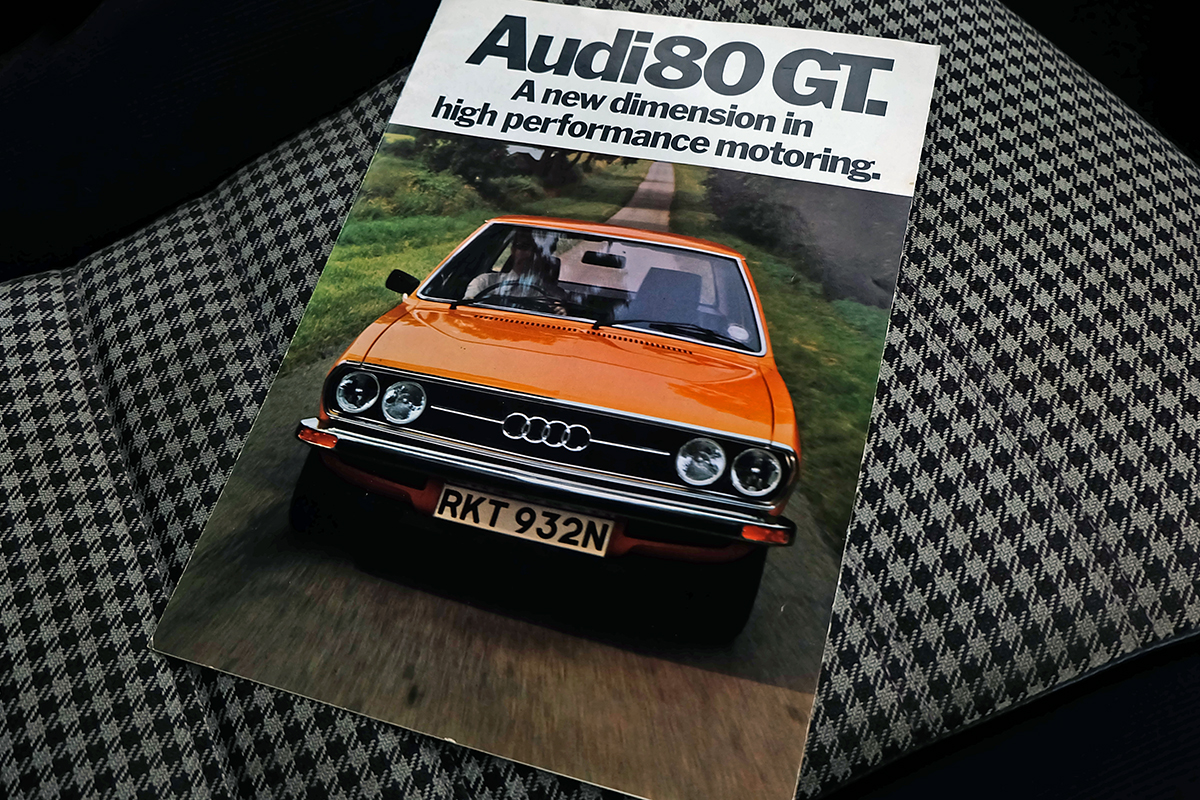
Its computer-designed safety cell and diagonally-split braking system were also both very advanced, as was the car’s lightweight construction. It exuded a level of quality rarely seen in a ‘lower middle’ car class at the time.
The 80 won the European Car of the Year award in 1973, ahead of the Renault 5 and Alfa Romeo Alfetta. When it arrived in September 1973, the sporting GT version was marketed as ‘a new dimension in high-performance motoring’. Its 100hp 1.6-litre engine boasted a power output more akin to that of a typical 2.0-litre motor.
What are its rivals?
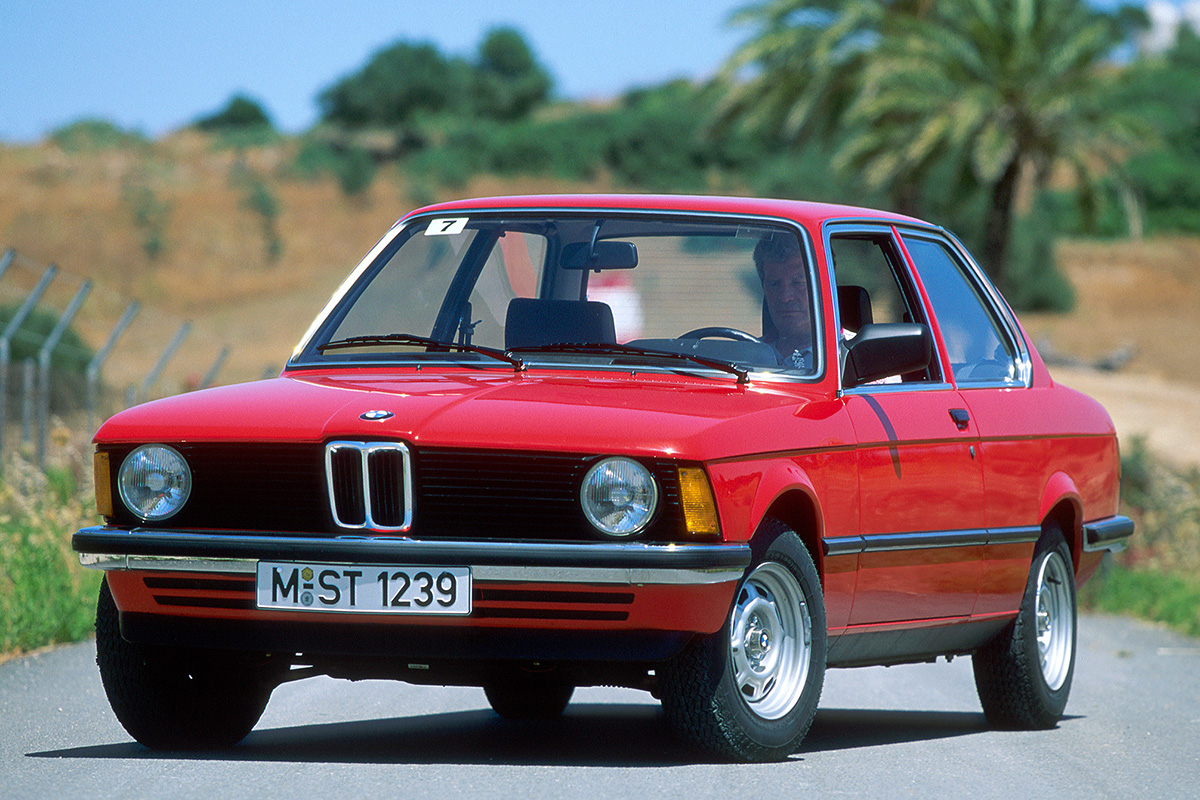
In the 1970s, performance-oriented versions of traditional saloon cars were a new trend. With its two-door body, the £2,910 Audi 80 GT was arguably a coupe, but so were its rivals.
The Mk2 Ford Escort RS2000 was introduced in 1974. A regular rally winner – it took victory in the RAC Rally from 1975 until 1979 – it was powered by a 110hp 2.0-litre engine. The ‘E21’ BMW 316 meanwhile, offered a 90hp 1.6-litre engine and was considered a sporting saloon, despite being the entry-level 3 Series.
The seemingly power-deficient 68hp Alfasud Ti was also pitched against the 80 GT in contemporary road tests, while even the 80-based Volkswagen Passat TS (with 85hp) was seen as a rival.
Which engines does it use?
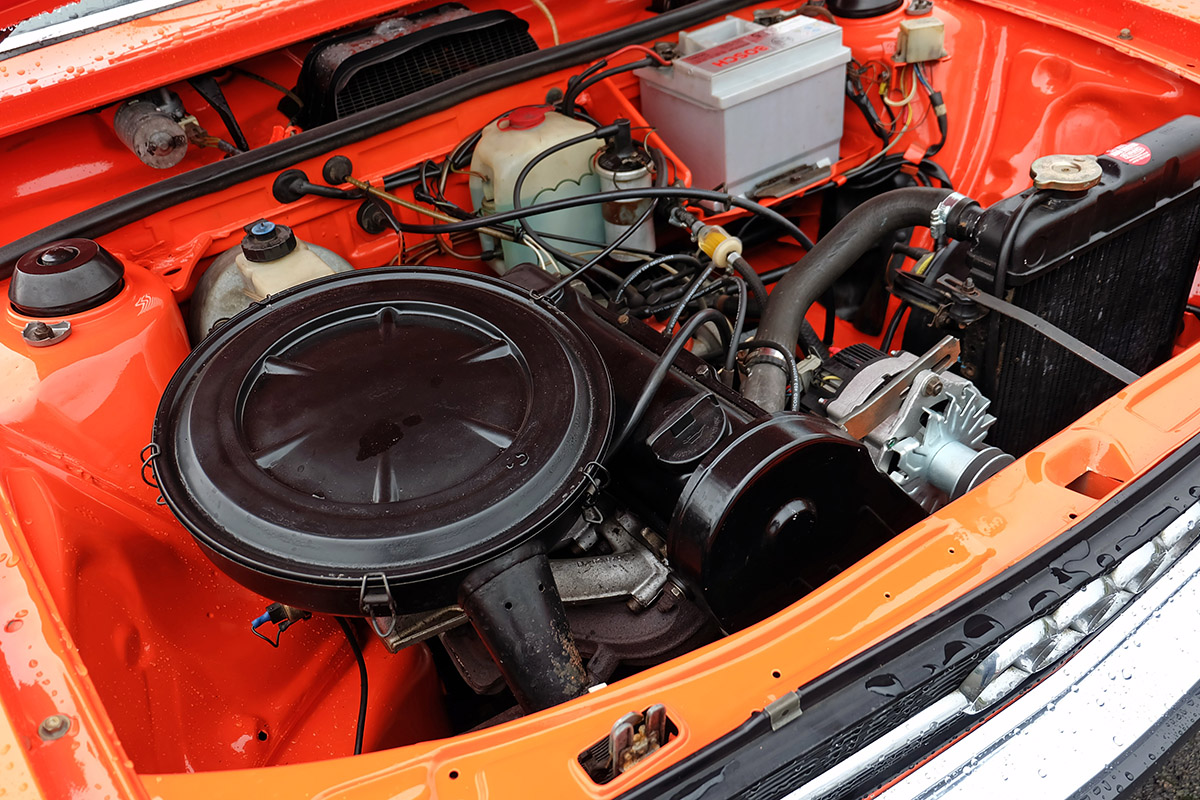
The Audi 80 B1’s new water-cooled ‘EA 827’ engine family would prove pivotal to the Volkswagen Group and would go on to power the first generation of new-age VWs, most notably the Golf.
Initially, a pair of 1,297cc and 1,471cc four-cylinder engines offered outputs of 60, 75 and 85hp, but a 1,588cc unit later replaced the 1.5. This engine was chosen for the GT and, thanks to a higher 9.5:1 compression ratio and two-stage carburettor with larger chokes, power increased to 100hp at 6,000rpm. A heady – for the 1970s – 97lb ft of torque was available at 4,000rpm, while top speed was 109mph.
In July 1976, the GT gained Bosch K-Jetronic fuel injection and became the GTE, with power rising to 110hp. That same year, the same engine was dropped into the Volkswagen Golf to create the legendary Mk1 GTI. It’s a practice that would continue; both the late 1970s ‘B2’ Audi 80 Sport and the GTE of 1984 featured the 1.8-litre engine from the Golf GTI.
What’s it like to drive?
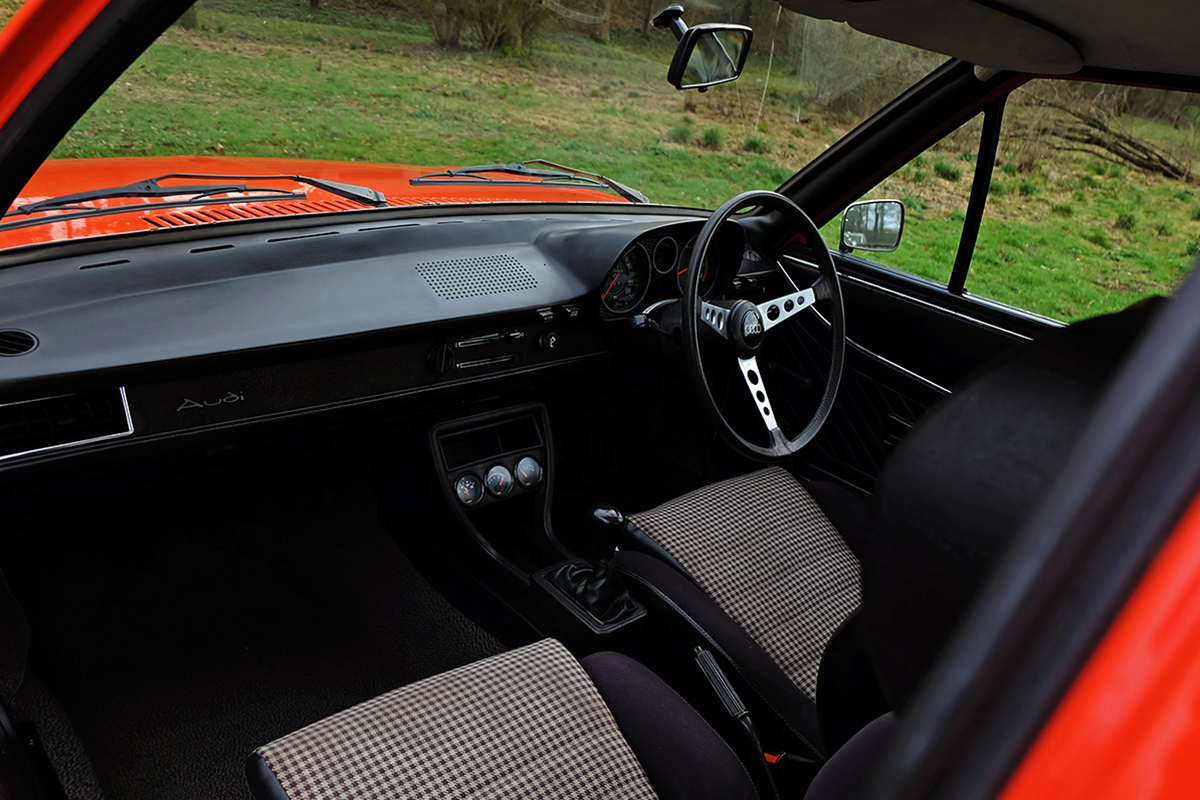
Open the door of Audi UK’s heritage 80 GT and the build quality that still serves the marque today is very much in evidence. Settle yourself into the Recaro seat and, while the steering wheel could challenge that of a bus for size, it looks suitably sporty with its leatherette rim and aluminium spokes. It’s a very simple cabin, with a smattering of protruding buttons that look like boiled sweets, plus a row of three auxiliary gauges nestled in the centre console.
On the move, the 1.6-litre engine is crisply free-revving. It’s quite loud, but sounds gorgeously and ‘digitally’ clear, as if on a CD played through the speakers. The car accelerates keenly and has no problem keeping up with modern traffic. That’s no doubt helped by its light weight. A modern Audi A4 weighs around 1,500kg, whereas the 80 GT is just 885kg – little more than half as heavy.
Despite that large wheel, the steering is light and precise, and the 80 GT is easy to manoeuvre. The then-new front-wheel-drive chassis makes the car grip well in corners, with surprisingly little body-roll. And even though the 13-inch Golf GTI-style alloy wheels are only wrapped in 175/50 SR13 tyres, the diminutive Audi handles very tidily, darting from roundabout to roundabout near Audi HQ in Milton Keynes.
The front disc and rear drum brake set-up is better than we remember from other Volkswagen Group cars of the same era, but the middle pedal still needs a firm press. The stubby gear lever is connected to a four-speed ‘box, which is precise enough but a little notchy. In 1976, when this car was made, Audi quoted a 0-60mph time of 10 seconds. It still feels as quick, an impression no doubt helped by the relatively fat exhaust pipe popping and banging as it occasionally catches the rear bodywork.
It’s not just the driving experience that makes you smile, though. That crisp, angular 1970s silhouette and pretty styling are elegant enough, but the period colour also helps. On the dull afternoon of our drive, bystanders seemed generally cheered by the Cadiz Orange paintwork of this 80 GT. It cut quite a dash in the Friday afternoon rush-hour.
Reliability and running costs
Volkswagens and Audis of the 1970s were famed for being reliable, and the 80 GT should be no exception. But while reliability was a plus-point, primitive body protection wasn’t. Rust was the major enemy of early water-cooled models from the Volkswagen Group – and indeed most cars of the 1970s – hence why so few have survived.
When new, Audi quoted a fuel economy figure of 32.8mpg for the 80 GT. The GTE, with its fuel-injected engine, was capable of 7mpg more. That’s pretty good for a car with sporting pretensions, but bear in mind that most economy figures four decades ago were measured at a constant 55-60mph, so aren’t especially realistic.
One thing that won’t fall further is the tax. The 80 GT falls into the 40-year road tax exemption category for classic cars. A classic insurance policy would help trim costs further.
Could I drive it every day?
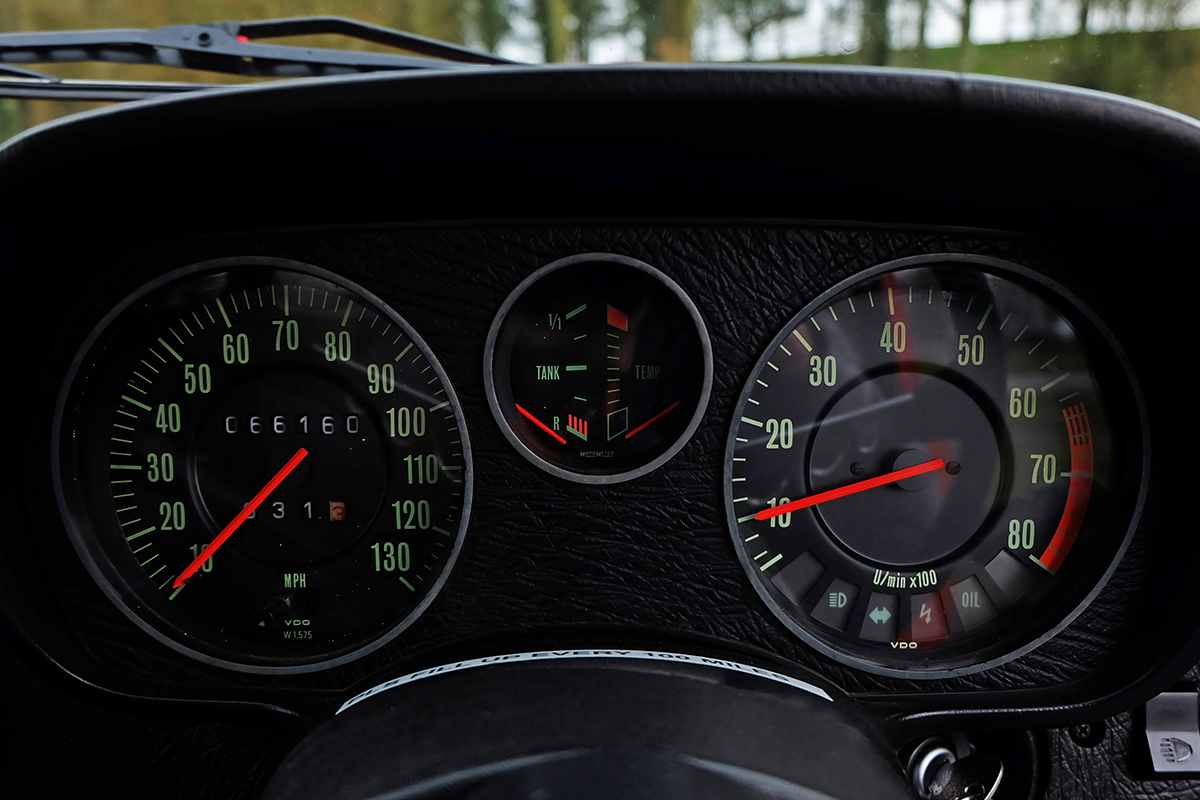
At just 4.2 metres, the first-generation Audi 80 is around the same length as a new Volkswagen Golf. So yes, threading this small saloon through town centres is easy work, as proved by our time navigating Milton Keynes. However, being from the 1970s, the steering has no power assistance. While that’s fine most of the time, on occasion it can feel quite heavy.
Visibility is first-rate, though, the 80’s expansive glasshouse affording a very clear view out. But, purely because of its age, the sharply-styled Audi feels quite fragile. That trailblazing computer-designed safety cell is arguably safer than many other cars from the period, though. And the 1.6-litre engine has plenty of pep.
How much should I pay?
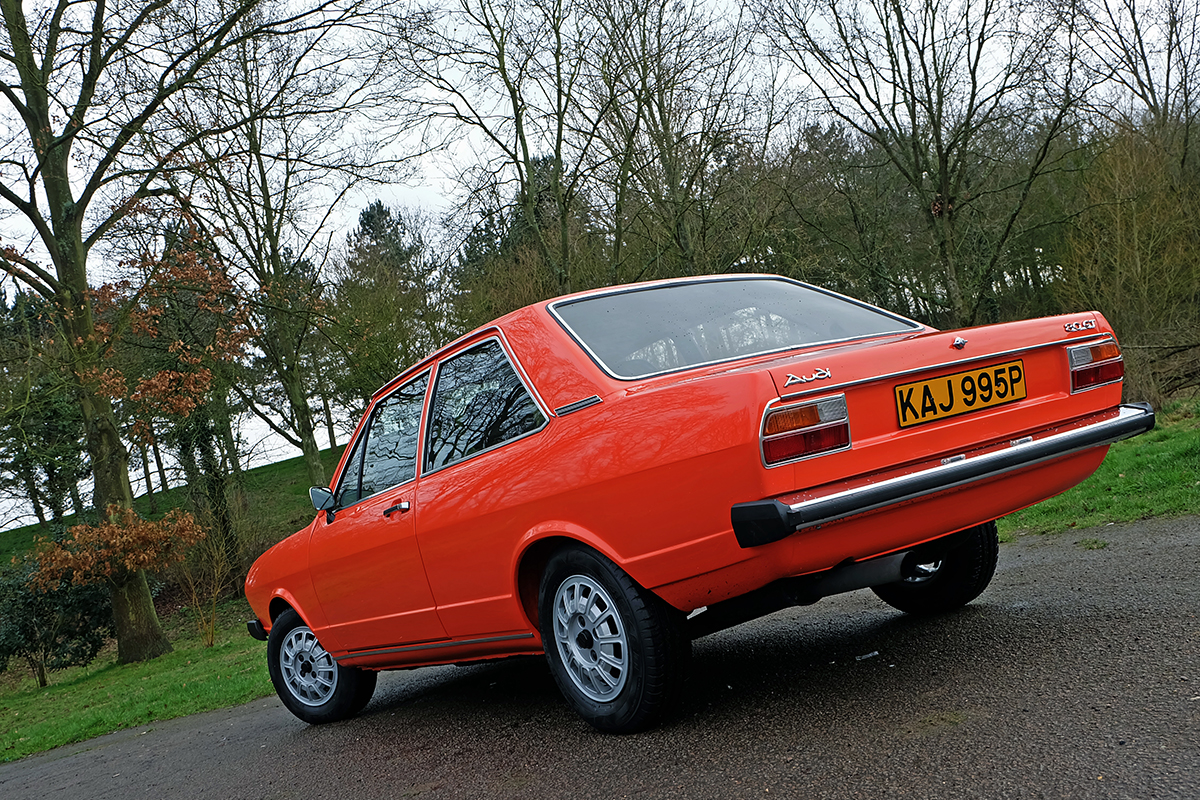
That’s a good question. To be honest, we think you’d be very lucky to find a B1 80 GT, let alone one in good condition. At the time of writing, we could only find a Group H GTE racer for sale at €15,500 from a German dealer. We did also spot an 80 LS, with the 75hp 1.6-litre engine, however. At £4,000, it had seemed to have escaped the early water-cooled VW and Audi ‘scene tax’, but did need some work.
We also stumbled across two early low-mileage LS models from 1973, but as they were pristine and very rare, their £10,000 price tags reflected that. With so few still surviving it’s hard to put a price on a mint-condition 80 B1 GT, but Audi UK’s immaculate heritage car would undoubtedly command well into five figures.
What should I look out for?
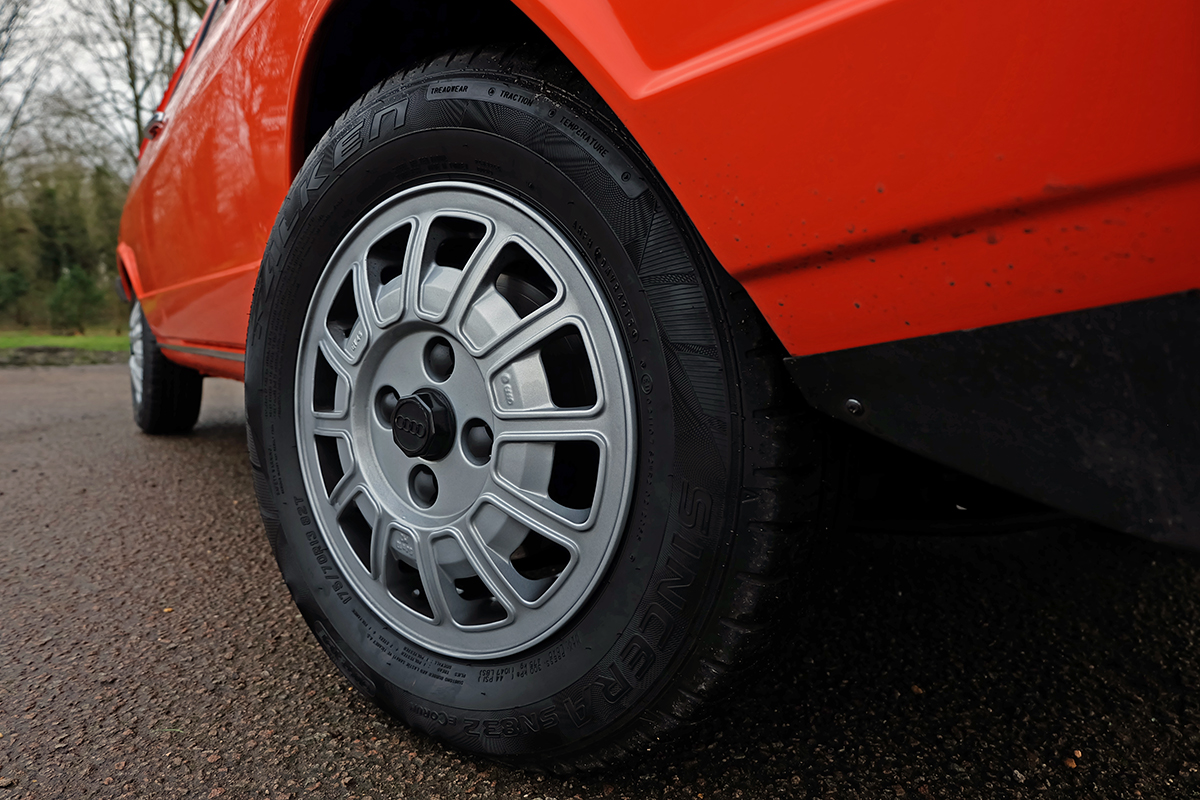
Providing you do find the proverbial unicorn that is a B1 Audi 80 GT, rust is the most important thing to look for. Corrosion around all the usual places – door bottoms, wings, wheelarches, sills and inner wings – should be easy to spot. Check the fuel filler neck, too. These are a known weak spot on first-generation water-cooled Volkswagen Group cars, and rust can fall into the fuel tank and fuel system itself. Panels and trim are now becoming scarce, so cars with missing parts could be difficult to restore.
Blue smoke from the engine usually points to worn valve guide seals. As some of the B1 80’s running gear was shared with the Mk1 Volkswagen Passat, it shouldn’t prove impossible to find selected mechanical components, though. As a rough guide, a front wing for an 80 GT was listed at £325 on a well-known auction site, while wing mirrors can be found for as little as £25. Service items, such as air and oil filters, start from £5.
Should I buy one?
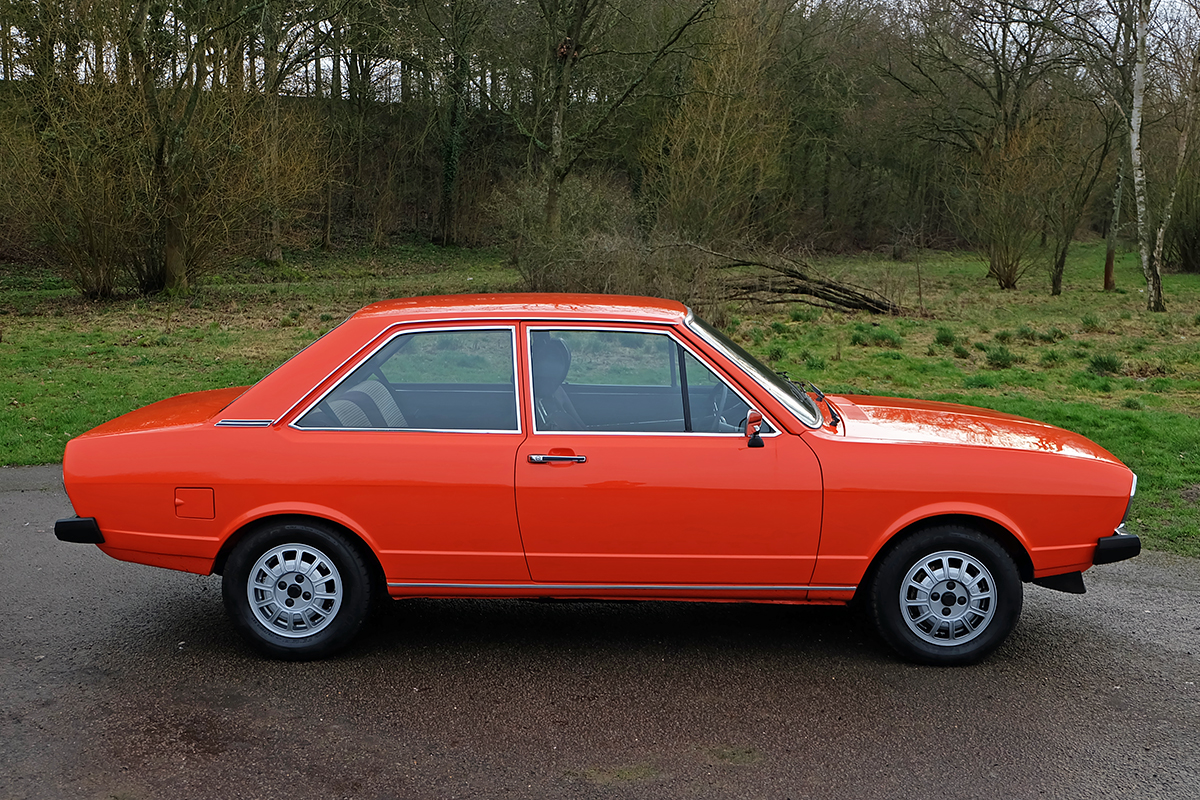
Yes! Nicely-balanced proportions make the B1 80 a good-looker, especially with bright paintwork. In our eyes, a proper quality feel, fizzy engine, fun driving experience and the historic significance to the Audi brand only add to its appeal.
It’s true, parts supply could be an issue, but should you throw back that theoretical dust sheet in a barn and find a minter lurking underneath, the B1 80 – and particularly the GT – will place you near the head of the retro-cool table. If it has the matte-black bonnet, 13-inch alloy wheels, Bilstein shock absorbers and ventilated disc brakes that came as part of the optional Sport kit, your top-table status is assured.
Pub fact
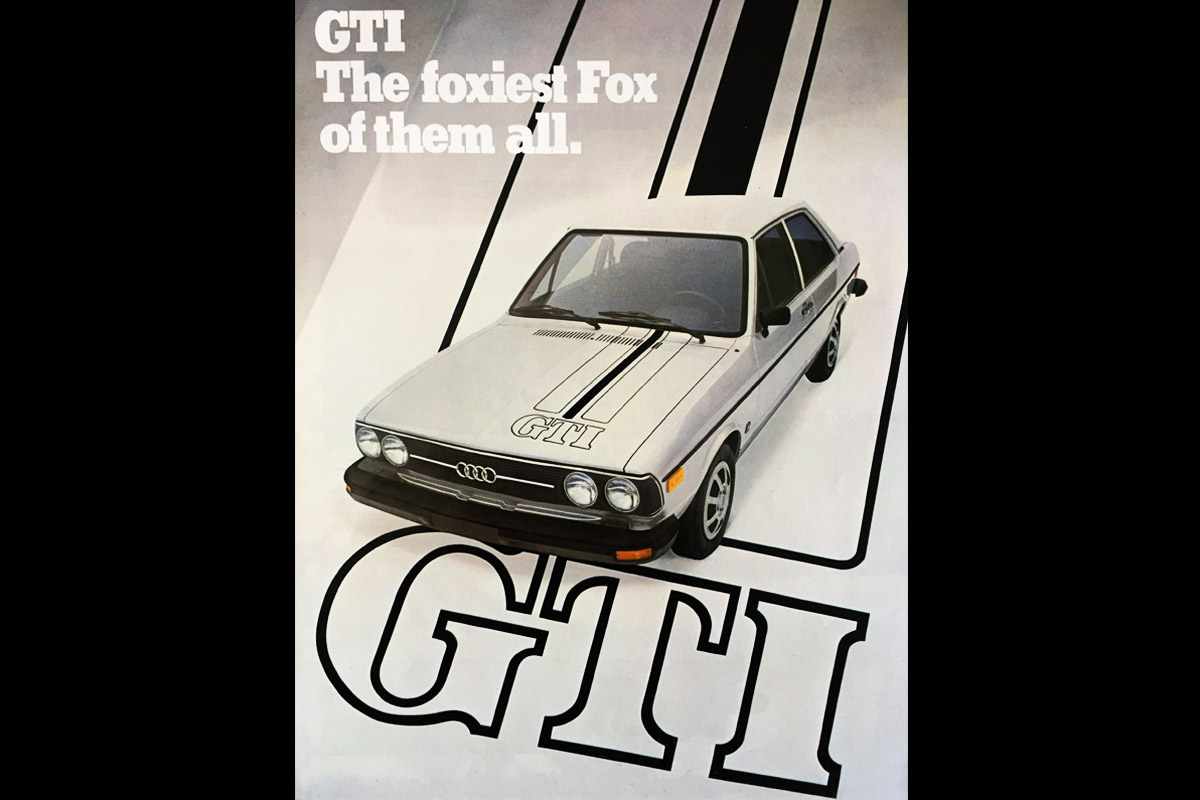
The first-generation Audi 80 was sold in the US and Australia as the Audi Fox from 1973. When the GTE appeared on the scene in the autumn of 1976, it also headed Stateside in limited numbers.
However, there was a major name-change: what logically should have been the Audi Fox GTE, became the Audi Fox GTI – perhaps the US audience didn’t understand the German word for ‘injection’ in the original car’s Gran Turismo Einspritzung nomenclature.
It therefore previewed the badge that would later become legendary when affixed to the Audi’s Golf (or US-market Rabbit) cousin.
ALSO READ:
1982 Mercedes-Benz W123 review: Retro Road Test


